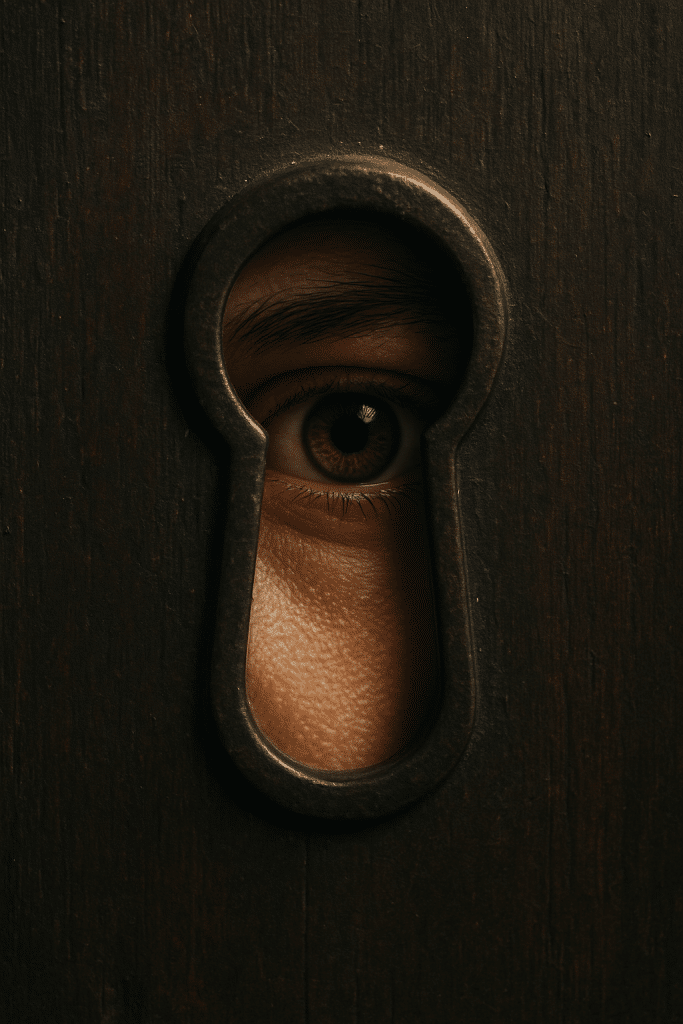Voyeurism & Sexual Behaviour Counselling in Singapore

Voyeurism
Voyeurism is a broad term that describes the act of observing others in intimate situations, often without their knowledge or consent. It encompasses both non-pathological (non-harmful) and pathological behaviors.
Symptoms of Voyeurism
Voyeurism reflects a persistent and recurring pattern of harmful behaviors that often transgress the boundaries of privacy and consent. It is crucial to examine its specific manifestations to better comprehend the nature of this disorder.
Key Manifestations
One of the most apparent symptoms of the disorder is the Violation of Privacy when a subject observes an individual in a space where they have a reasonable expectation of privacy, such as a home, a changing room, or other private spaces. For instance, a person with voyeuristic disorder may be compelled to peek through a neighbor’s window to catch a glimpse of them undressing, even while fully aware that their actions are invasive and unacceptable.
Another core symptom involves engaging in Non-Consensual Acts, such as secretly filming or photographing others without their permission. For example, someone with this disorder might secretly record a partner’s intimate moments. This behavior not only severely invades the victim’s privacy but also poses significant legal and ethical concerns.
Other Symptoms
Beyond the overt acts of observation, voyeuristic disorder is characterized by a range of internal and behavioral struggles:
- Intrusive Thoughts: The individual may experience unwanted, distressing, and difficult-to-control thoughts about watching others.
- Recurrent Fantasies: They often have recurring, intense sexual fantasies or urges involving observing unsuspecting others.
- Risk-Taking Behavior: Individuals may take significant risks to satisfy their voyeuristic desires, which can include trespassing, breaking and entering, or installing hidden cameras.
- Social Withdrawal: Feelings of profound shame or guilt about these tendencies can lead to social withdrawal or the avoidance of social situations.
- Lack of Empathy: They may exhibit a disregard for the privacy, boundaries, and autonomy of the individuals they observe.Voyeurism

Understanding the Need for Intervention
Individuals with voyeuristic disorder are often not diagnosed until they are apprehended while committing sexual offenses related to their condition. This delayed identification occurs because the affected person is typically reluctant to disclose their condition to a medical professional or a loved one due to the associated shame and stigma.
If you recognize symptoms of voyeuristic disorder in someone you know, it is vital to encourage them to seek professional help. Early intervention and treatment are crucial for preventing the condition from escalating to a point where the affected person might commit a sexual offense.
Lastly, it is essential to understand two critical distinctions:
- Voyeurism, in and of itself, is not a disorder. Many people may enjoy forms of voyeurism that involve consensually watching and being aroused by another person performing a sexual act.
- Voyeuristic individuals typically do not engage in sexual activity with the person they are observing; the act of watching is the primary source of gratification.